Do you like adding new members to your blog tribe every month?
Do you want more brand loyal customers to help with building your brand?
I hear a resounding YES.
But, ultimately, numbers like domain authority and unique pageviews are vanity metrics. You need to build a relationship with your audience for making sales, especially if you want to improve customer loyalty.
People buy from people they trust. It’s what makes a loyal customer.
So, if you can get your target audience to come once, then again and again…you’ll eventually be able to build a thriving fan base and improve brand loyalty.
1000 True Fans who are dedicated to brand loyalty and your business, is all that it takes to fund you for life. I emphasize true because they will be the ones that will read every blog post that you publish, word-for-word, and buy every product that you create.
It might sound ridiculous that just 1000 people can make your living, because you regularly read blogs with tens of thousands of subscribers. But, even with a small engaged target audience, you can launch 6-figure products, like Carol Tice did. Never underestimate thew power of customer loyalty – even when the numbers are small.
So…
How do you nurture your audience relationships for better brand loyalty and convert them into raving fans?
The answer lies in understanding how the human brain works. If you can trigger your audience with an emotional connection, then you’ll motivate them to take a desirable action and they will remain brand loyal.
In this post, I’ve compiled 6 psychology principles that will help you build brand loyal customers. Here’s number 1.
1. Stay consistent with your branding, color, fonts and other important website elements
We love familiarity and internal consistency, in our beliefs, ideas and values. It’s what keeps us happy in a customer experience.
Whenever you experience a change, you’ll actively need to evaluate the situation and avoid the usual shortcuts that didn’t require any thinking. This requires conscious effort.
So, how does the theory apply to your website design when it comes to customer loyalty?
You need to ensure a consistent aesthetic and behavioral customer experience for your website visitors.
If you consistently change the color schemes and fonts on various website elements, then your users will feel confused with these aesthetic changes, consciously or unconsciously. They will experience a visual dissonance that might trigger dropping off of your website and reduce their brand loyalty. Building a brand is all about providing consistency, trust, and recognition for your customer base.
The solution is to choose two to three colors and a couple of fonts for your brand loyalty mission. Once it becomes a part of your identity, your audience will easily recognize you through them and hopefully this will encourage customer loyalty.
The consistency principle also applies to how your users interact with your website. This means that the order, size and overall usability of the buttons, links, forms and other elements on your website must not change.
Once your customer base has learned how to navigate and use your website, his following customer experiences on your website must be smooth if you want to keep their brand loyalty.
Don’t deploy new themes and test new tools/plugins frequently on your website. Even the locations of key elements, like the “search” bar, shouldn’t be modified. It will lead to problems for the user, which in turn can lead to a loss of people being brand loyal to your name.
A couple more tips for maintaining consistency for customer retention:
1. Maintain a consistent brand voice – Even if you’re a multi-author blog, I recommended that you keep a style guide to ensure that every writer is on the same page. You need to ensure that every article has the same use of dashes, em-dashes, visuals, abbreviations, spellings and the overall voice and tone of your blog. Variations of this can muddy the customer experience and make people lose trust in your brand. This is the last thing you want for retaining customer loyalty.
An editorial overview of your content should help in maintaining the flavor prior to publication.
2. You need to follow those “general practices” on the internet – Users have formed certain expectations about websites, in general, from their prior customer experiences. Such associations of tasks, based on their categories, are called cognitive schema.
If your designer has decided to break the status quo and not follow the norm, then you’re entering dangerous territory.
2. Create personalized experiences for your audience
Do you like special treatment?
I do. Not surprisingly, most of us have a need to feel important, unique and special. Tony Robbins calls this significance and considers it the third among six fundamental human needs. If you can implement this into your brand – then you can retain customer loyalty for sure.
Abraham Maslow had defined a similar concept, way back in 1943, in his academic paper on human motivation. His proposed theory has been widely accepted as the Maslow’s Hierarchy of Needs. Feeling special would approximately come under “esteem” – the need for humans to feel respected.
On your blog, you can make your visitors feel special by personalizing their customer experience.
70% of brand perception is determined by experiences with people. And, your website is, in a way, your brand representative for impressing your loyal customers. Social media sites can also fall under this category.
Let me show you four examples of personalization.
1. If you’ve ever plugged your website inside my Quick Sprout tool, you must have noticed that I address the visitor based on his locality.
You can similarly tailor your content or products to loyal customers, based on their viewing history, user profile, locality and other contextual data, using a tool like Sajari.
2. You can also send handwritten notes to a select few members of your audience that won a contest or who regularly engage with you on your blog. They will appreciate this touch and it will encourage higher customer loyalty along with improving the overall customer experience.
3. At the basic level, you need to ensure a stellar mobile experience for your visitors, with a fast loading slick mobile website. At least implement a responsive design, so that your website layout doesn’t get muddled. There is nothing worse for milling customer loyalty and customer retention like a slow loading site.
4. Offer special discounts and deals to your regular readers to encourage people to remain brand loyal. Maybe you can first open tickets for your live event to your email list.
Ramit Sethi announced the ticket sales for his event, Forefront in New York, to his students and then to his subscribers.
You can also plan giveaways or give discount codes to your social media followers. 70% of people follow brands on Facebook and other social media sites for special offers.
3. This secret ingredient can glue your visitors to your website…
Human beings are inherently inquisitive. They love finding out how things work. And, if you tell them an incomplete story, they can’t find closure until they hear the ending.
You can leverage this inherent human characteristic to pique the interest of your target audience, then create suspense and tease them…
Before you raise the curtain for complete customer satisfaction.
In technical terms, this is called the curiosity gap.
You can use it to spice up all aspects of your content marketing and online business including (but not limited to) blog posts, landing pages, lead magnets and social media updates. All of this is important when building a brand and building customer loyalty.
UpWorthy has relied on curiosity driven headlines to expand its readership to millions at a blazingly fast pace.
There’s a caveat, though:
People hate feeling cheated. So, you shouldn’t integrate the BuzzFeed/UpWorthy styled clickbaity headlines in your content marketing arsenal.
You need to ensure that you don’t go overboard and deliver on the promises you make in the headline if you want to retain customer loyalty in the future.
In the article below, Ramsay does a great job at evoking his audience’s curiosity with the title. If I am a blogger, I feel alarmed that I don’t want to commit any of these eight mistakes.
You can also leverage this gap to compel your customer base to open your emails. Just intrigue them with subject lines like the ones below.
Joanna Wiebe, from Copyhackers, conducted an A/B/C test at Mad Mimi, with the aim of increasing the clicks on their high-priced plans and lowering the clicks on the lower-priced ones.
Variation 1 killed it, in terms of clicks to sign up for the Gold plan. It got a 927.01% lift!
How did they manage such a huge CTR improvement?
If you look closely at the variation 1, you’ll find that the price for the gold plan isn’t visible.
And, this unavailability of pricing intrigued the readers to click the Gold plan to find out its pricing.
4. Build trust in your visitors by leveraging social proof
Human beings are funny creatures.
Not only do we need assurance and security before performing a new activity. We even go to the extent of following the herd and mirroring their actions, assuming that they have superior knowledge about the activity.
The phenomenon is called social proof and it is golden for building customer loyalty and encouraging a better customer experience.
When your blog is new, you’ll need to show off your endorsements from influencers and clearly note how many people have already shared/read your article. This inspires trust and motivates the viewers to take action.
So, include testimonials about your blog content and products from authoritative figures in your niche. Remember to put a face to your words – pictures increase trust and remember – trust is what you need for building customer loyalty.
You can also show off the logos of established brands that use your product. If you are a blogger/writer, you can show the logos of esteemed media houses that have featured you in an article.
You can even leverage social proof to persuade experts. Suppose you’re performing an outreach and have already gotten a handful wins, then you can tell future influencers that others of their stature have “already contributed.”
This will prove your brand’s authenticity and eliminate the influencer’s fear of wasting time by answering questions on a low-quality roundup.
5. Limit the number of choices on your blog
The modern customer experience is to be bombarded with a plethora of choices at every moment. An adult makes about 35,000 remotely conscious decisions every day.
The catch is that it’s not simple to ignore less desirable choices. More choices overwhelm a prospect and demotivate him to take action.
The phenomenon is called the paradox of choice. Barry Schwartz talks about, it in the TED talk below.
The theory should motivate you to eliminate clutter from your website and only allow the most essential elements to remain if you hope to keep customer loyalty. Here are 3 particular examples:
1. If you provide 5 social media sharing buttons and 5 related posts at the end of every post, you only perplex your audience. When I increased the number of sharing social media buttons from 3 to 5 networks at Quick Sprout, my sharing rate went down by 29%.
Limit the social media share buttons on your blog to the two or three highest-converting networks.
2. Reproduce the user’s journey and eliminate any unnecessary steps to keep people brand loyal. Maybe you’re asking for too much information. Maybe you’re offering too many options to enter your sales funnel, maybe you are damaging the customer experience. Whichever way you look at it, you are running the risk of losing loyal customers.
Unbounce increased their conversions by 16.93%, by changing the number of demo sessions that users could sign up for from 4 to 3.
3. Simplify your navigation and the information you toss in your sidebars.
Providing 20 different categories of content to your reader would lead him to duck under his pillow rather than keep customer loyalty to your brand.
Choose the top 5 categories and stick with them for increasing engagement and improving your loyal customer base.
The optimal number of choices, in each situation, will depend on the context and can be determined only by testing.
6. Quality content is essential, but so is more exposure
Do you know that you start finding a person more likeable and pleasing when you see them more often?
It’s the mere exposure effect theory.
As a brand, you can leverage this principle to develop positive feelings from loyal customers…
Simply start appearing in front of them more often.
Here are a couple of ways to get more audience exposure for your brand.
1. Publish content more frequently – I am currently publishing an article a day at NeilPatel.com and 3 articles/week at Quick Sprout. And, I also write guest posts for Entrepreneur, Forbes and other publications.
I receive numerous comments, on social media and on the blog, from you guys appreciating the value that I provide. It also keeps me in the top of your minds.
See, unless you’re Brian Dean, you’ll find it hard to reach 100,000 visitors by merely publishing 32 posts.
You might have a hard time writing quality content. And, you might even stress yourself out with every piece if you’re focused only on achieving your target traffic numbers.
Ease out the pressure and commit to publishing at least two posts per week. You’ll get more opportunities to promote your content and also gain traffic from more long-tail keywords.
2. If you’re performing paid marketing, then:
- First, invest in remarketing (at least on social media for promoting your content).
- Second, don’t be afraid of testing higher frequency caps. Facebook remarketing ads get 3x the level engagement of regular ads.
Conclusion
It takes 7 to 8 brand touchpoints on a new visitor before he makes his first purchase from you, let alone repeat purchases. So, building a base of loyal customers is a cornerstone of effective online marketing.
Psychology is a brilliant tool to understand the human mind and make emotional connections and is also important for building customer loyalty. I’ve shared six principles in this post that are proven to build a strong relationship with your audience. I encourage you to implement just one, right away.
Have you got any other psychology based tips for building customer loyalty? I would love to hear about them in the comments below.

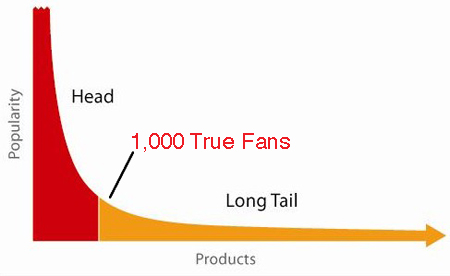
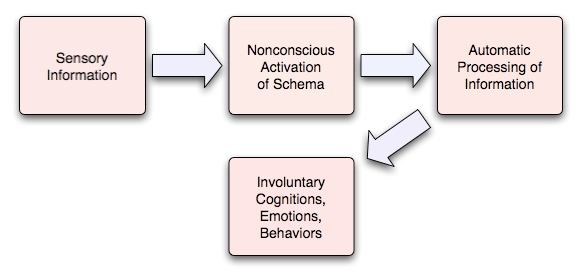
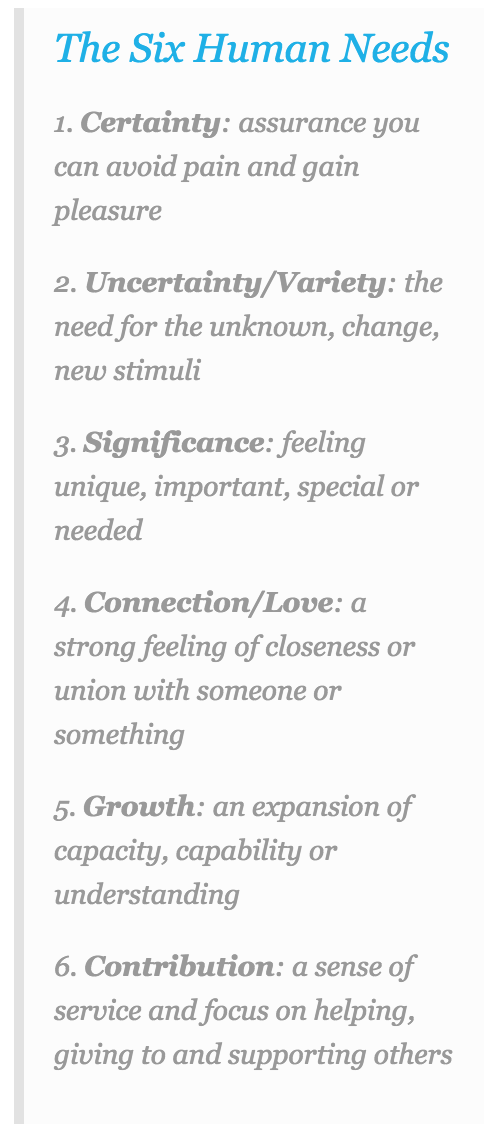
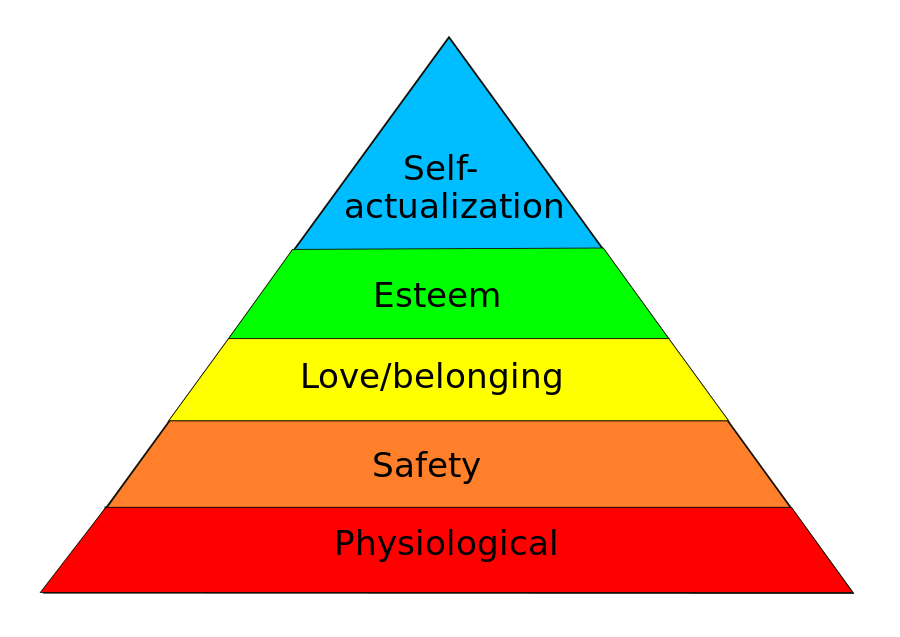
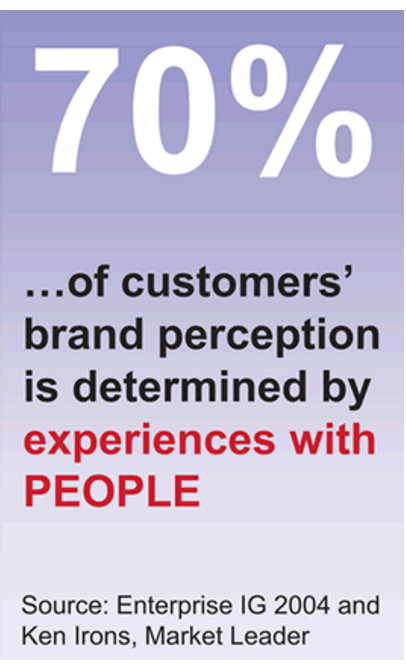

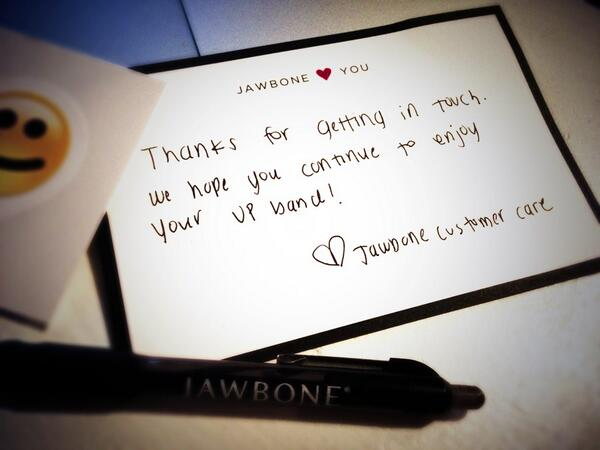


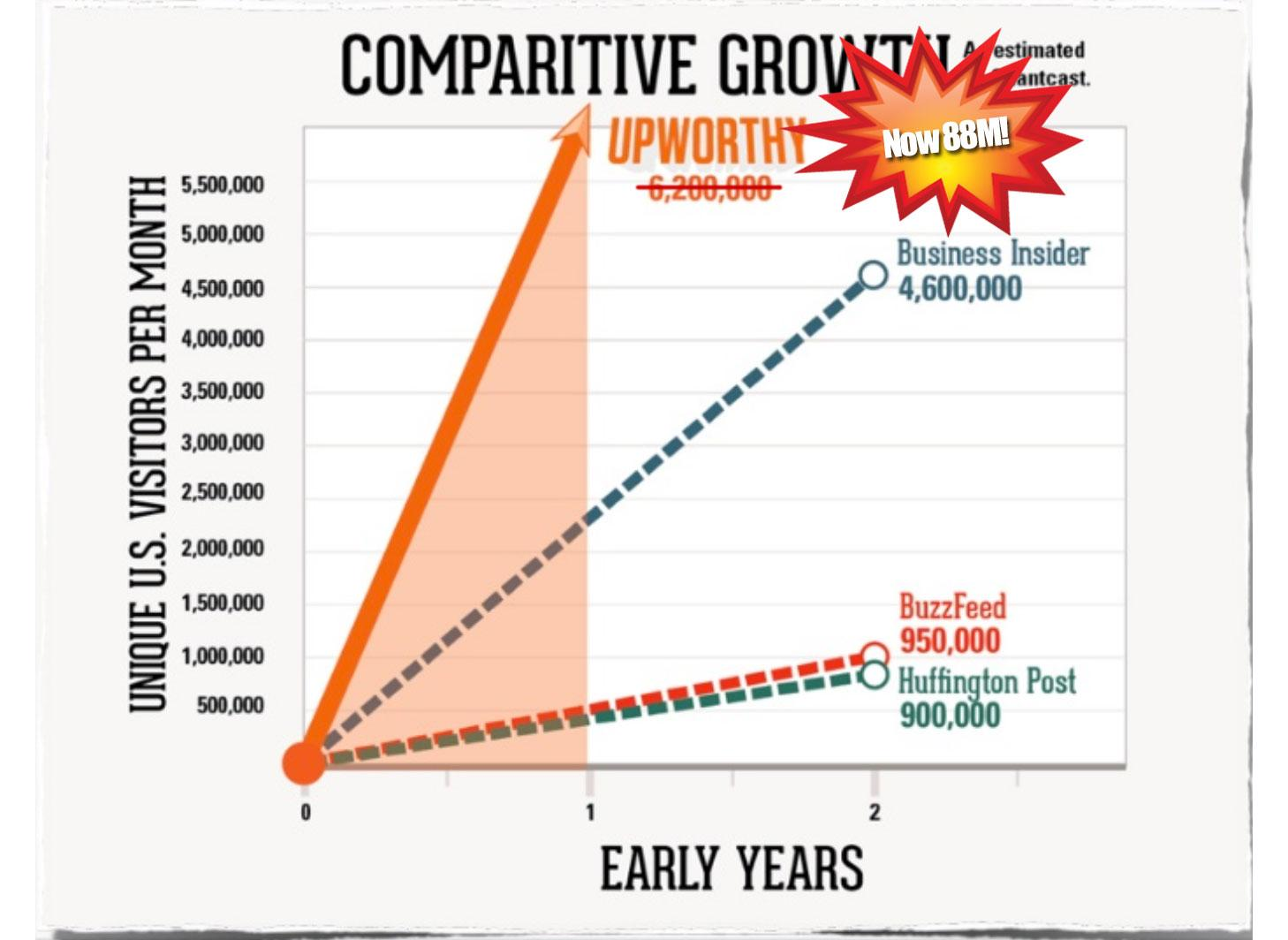

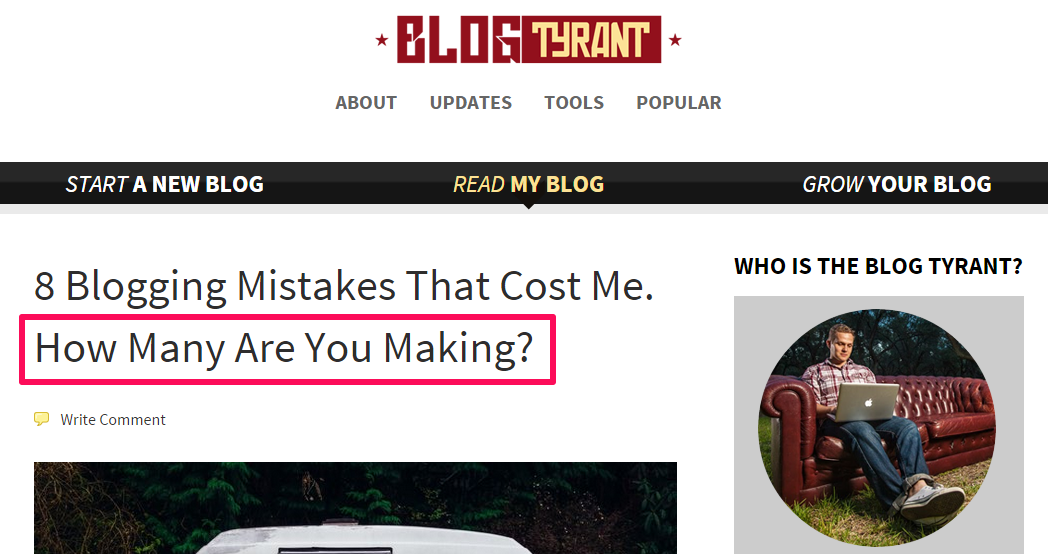

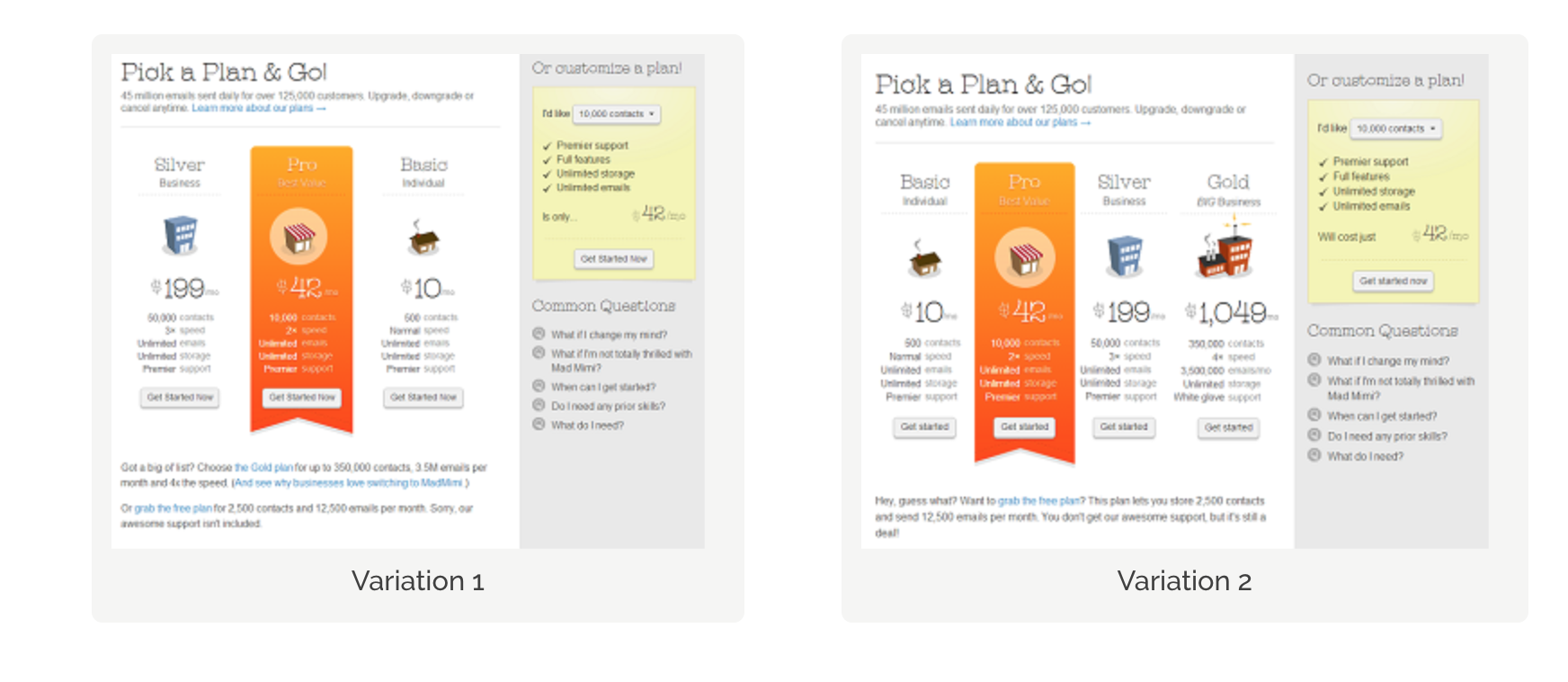


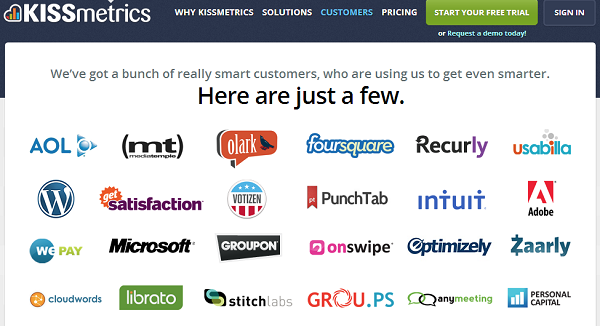
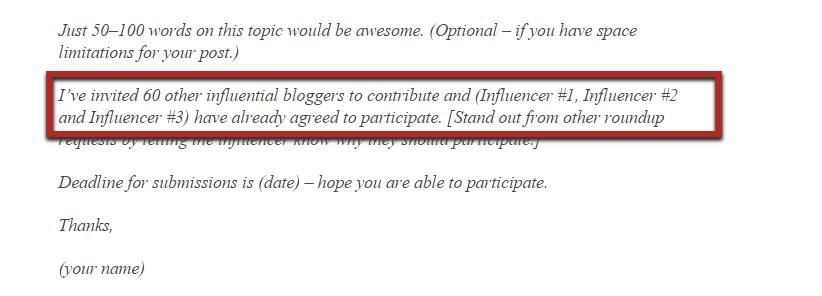
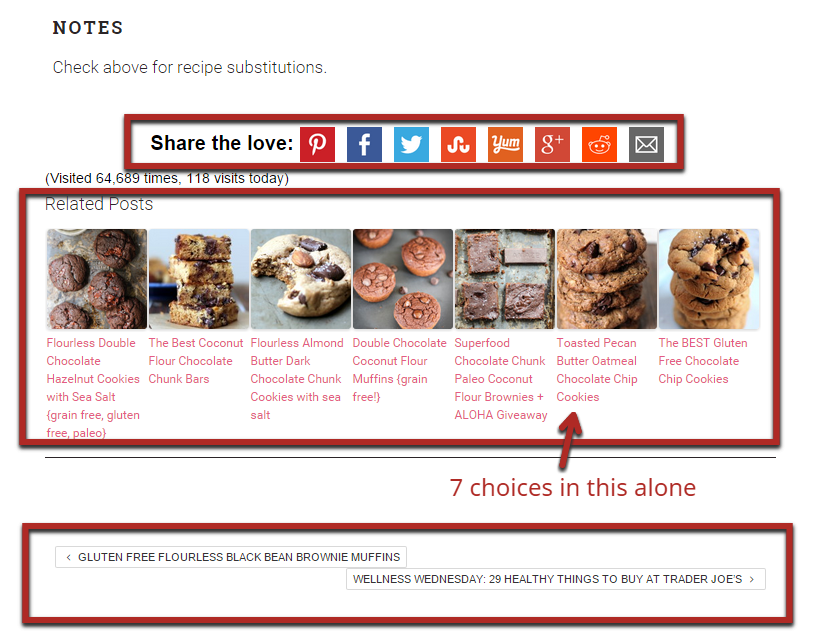
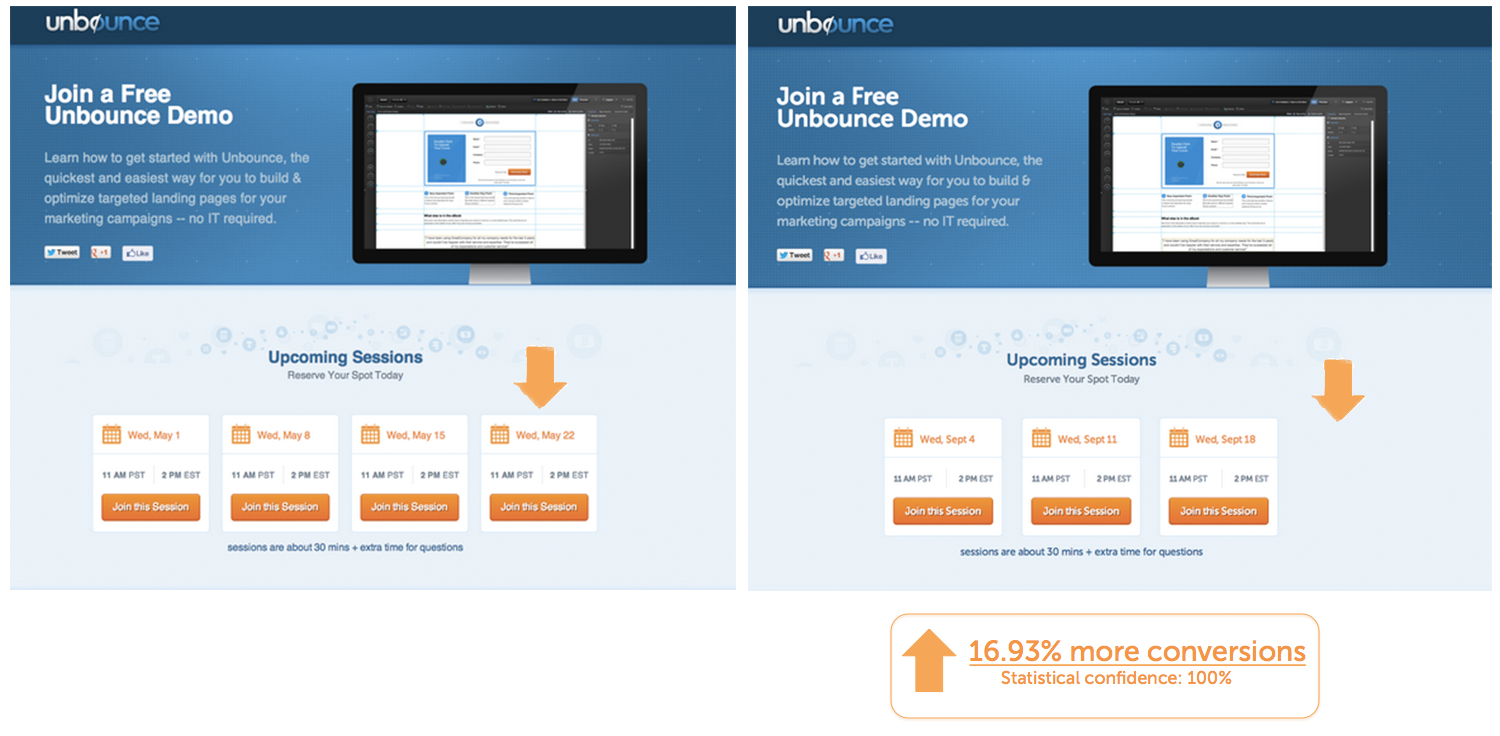
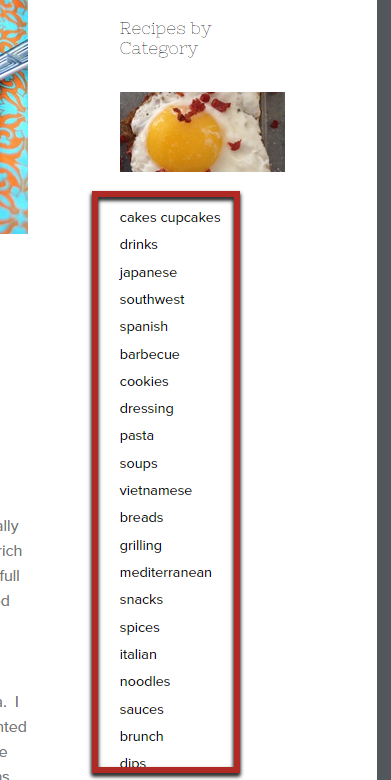
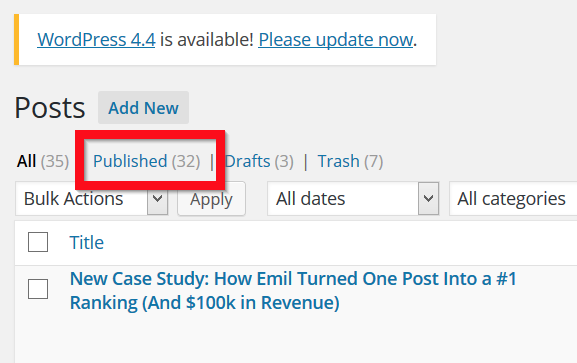
Comments (24)